Specifying intumescent paint coatings

A correct intumescent coating system specification should include the following information:
- The corrosive category
- The steel section size, or the designated profile and dimensions of the member in question
- The number of exposed sides that the member will have, for example a freestanding column will have four exposed sides, whereas a beam topped by a concrete slab or abutted against a wall will have three sides
- The FRL that must be met, in accordance with the classifications provided by the NCC
- The critical temperature or design load used by the structural engineer in their design
- The steel preparation required
- The intumescent basecoat and finish required
- The top seal required
- A product technical data sheet
- Client details
- Project details
- Any other requirements, such as core-filling or meshing
The specification of intumescent paint coating systems is a highly specialised field requiring qualified practitioners in order to achieve compliance. Contact Swart & Sons for more information.
For a more detailed explanation of the process, download this guide from Promat...
DOWNLOAD THE PROMAT SPECIFIERS GUIDE TO STEEL PROTECTION
SPECIFICATIONS GUIDES
Below are links to download specification guides for the leading brands of intumescent coating products.
If the brand or product you require is not shown contact the manufacturer for guidance. Most manufacturers are more than happy to assist you in specifying their products.
DOWNLOAD A JOTUN SPECIFICATION GUIDE
Download the PDF
click hereMore articles...
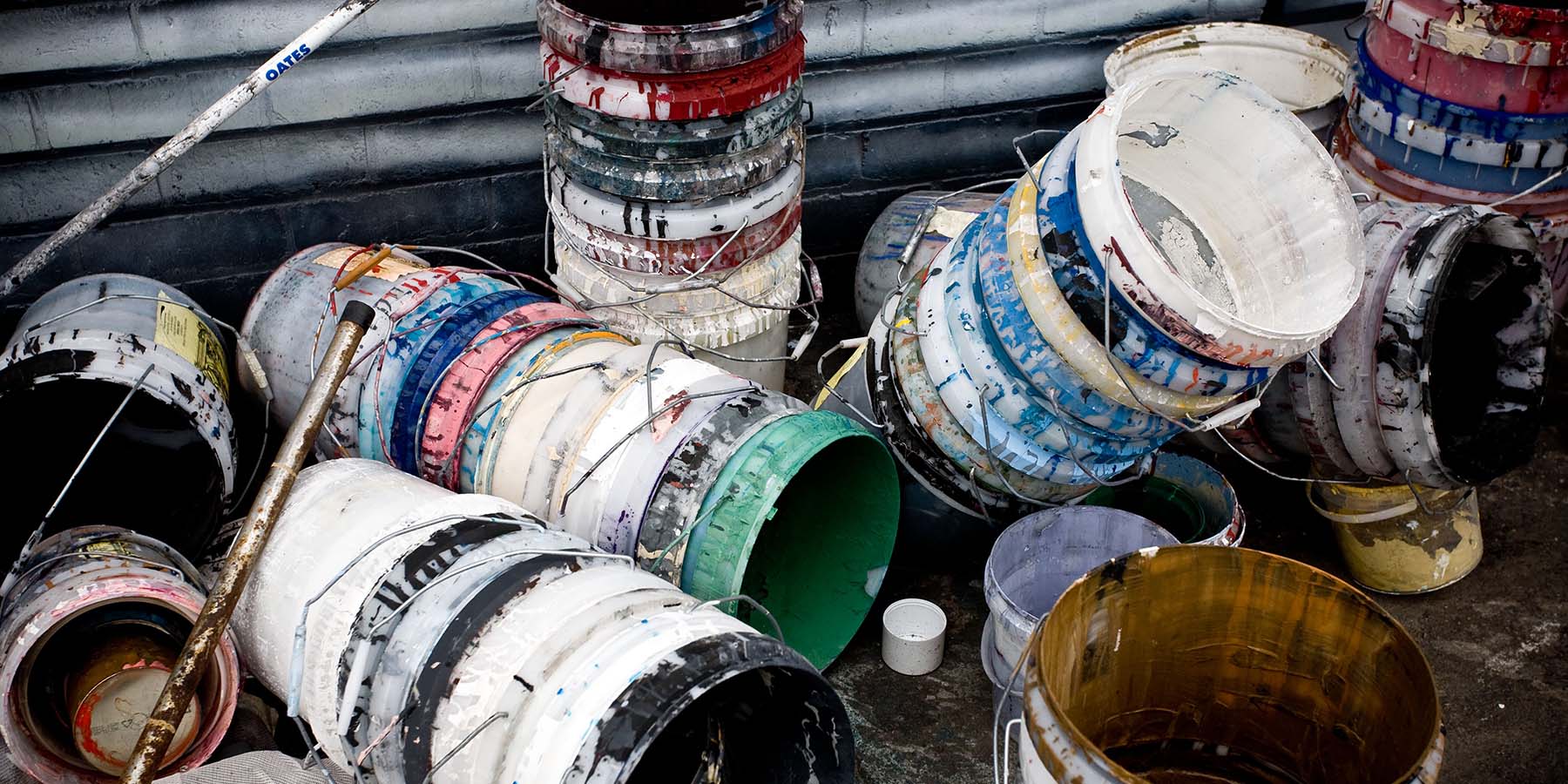
Intumescent coating types
There are a variety of intumescent coating types with different properties and application methods. Which type is the best for your situation?
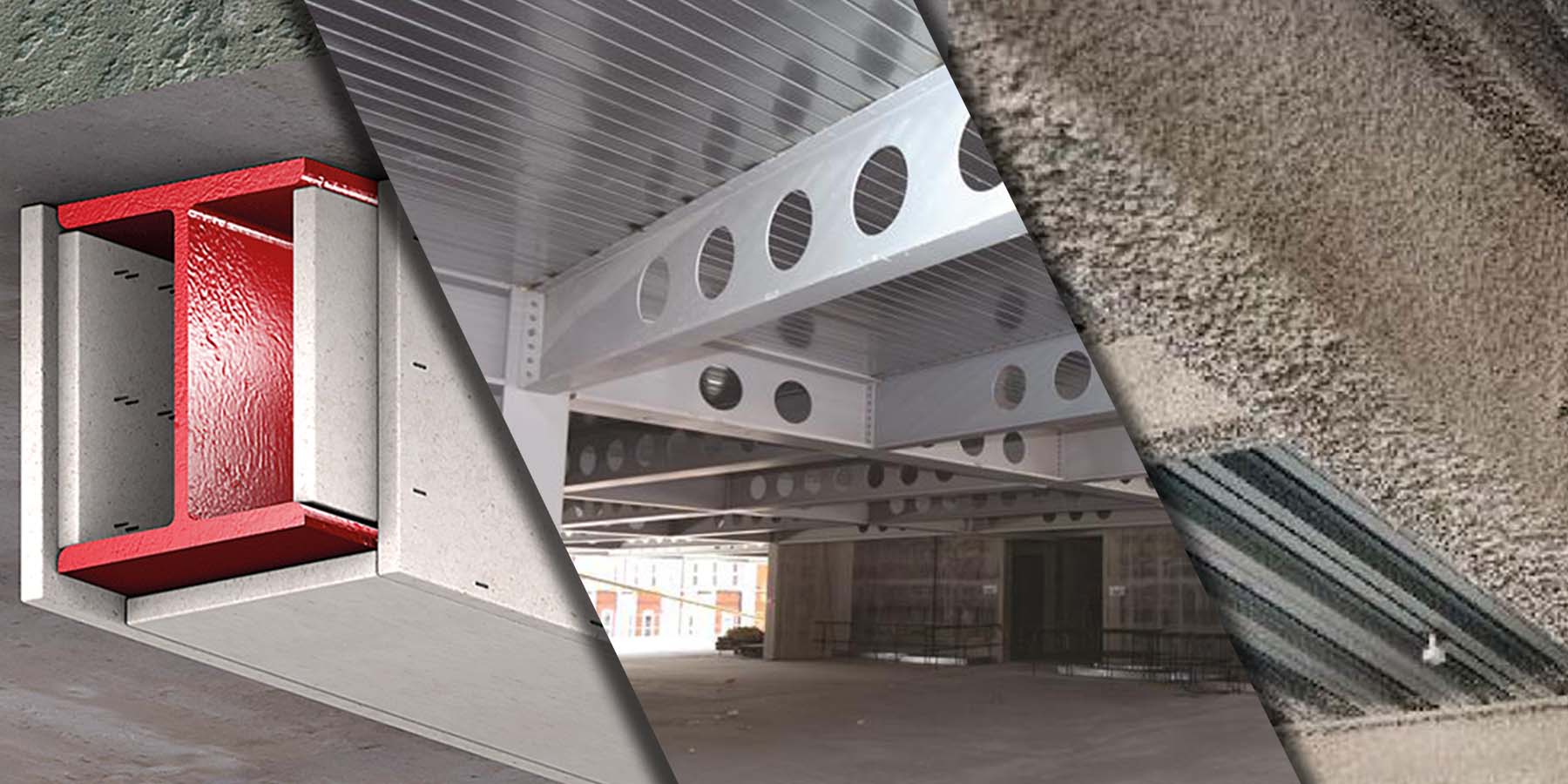
Passive fire protection methods
There are several ways to protect building structural work. Whilst some methods may be more prevalent, there is no one "best way" to protect a building's structure. The best method will most likely be determined by a number of factors, but here are your options.
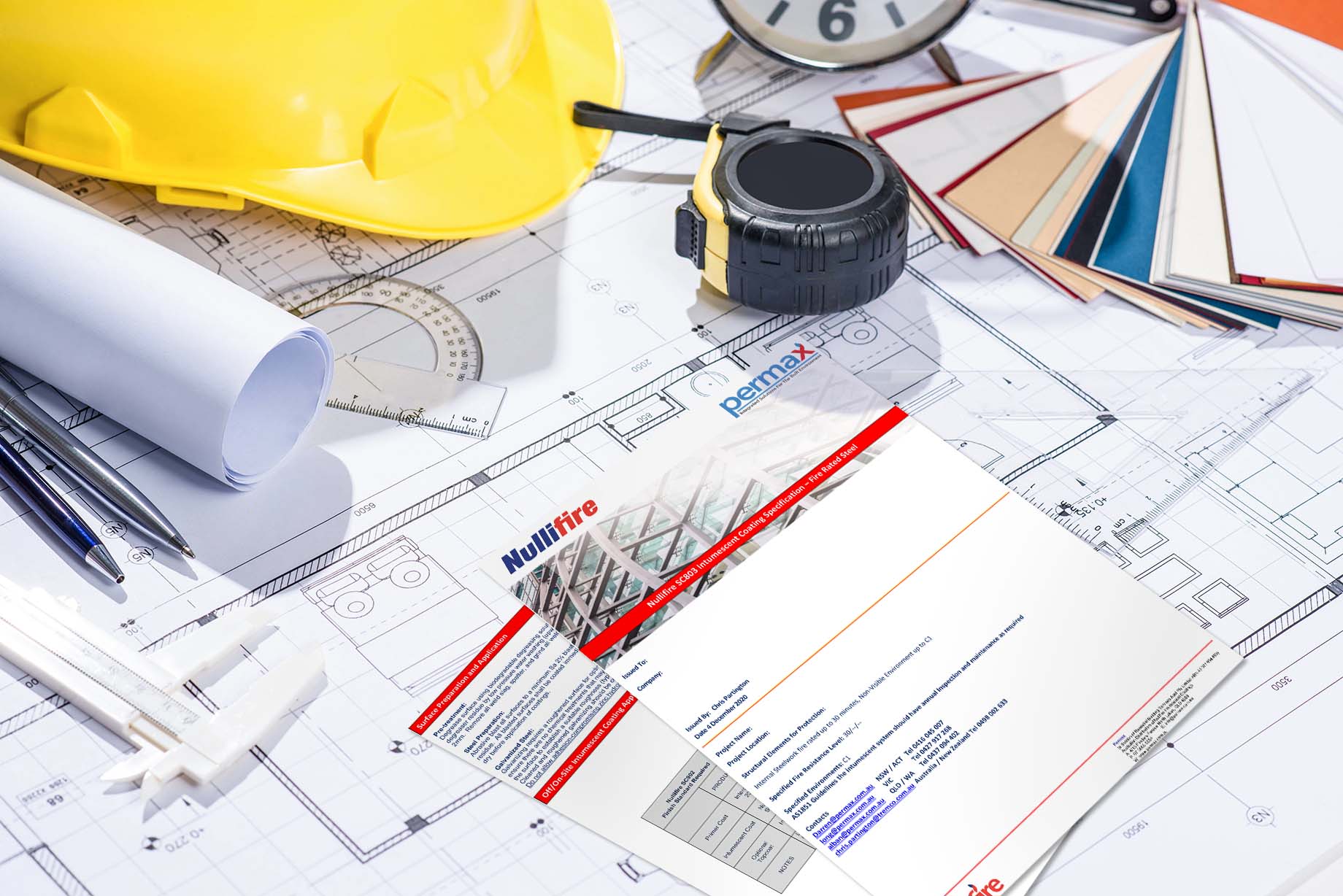
Intumescent paint coating specification templates
Access a range of templates supplied by manufacturers for the purposes of specifying their intumescent paint coating products for various FRLs and corrosivity ratings.
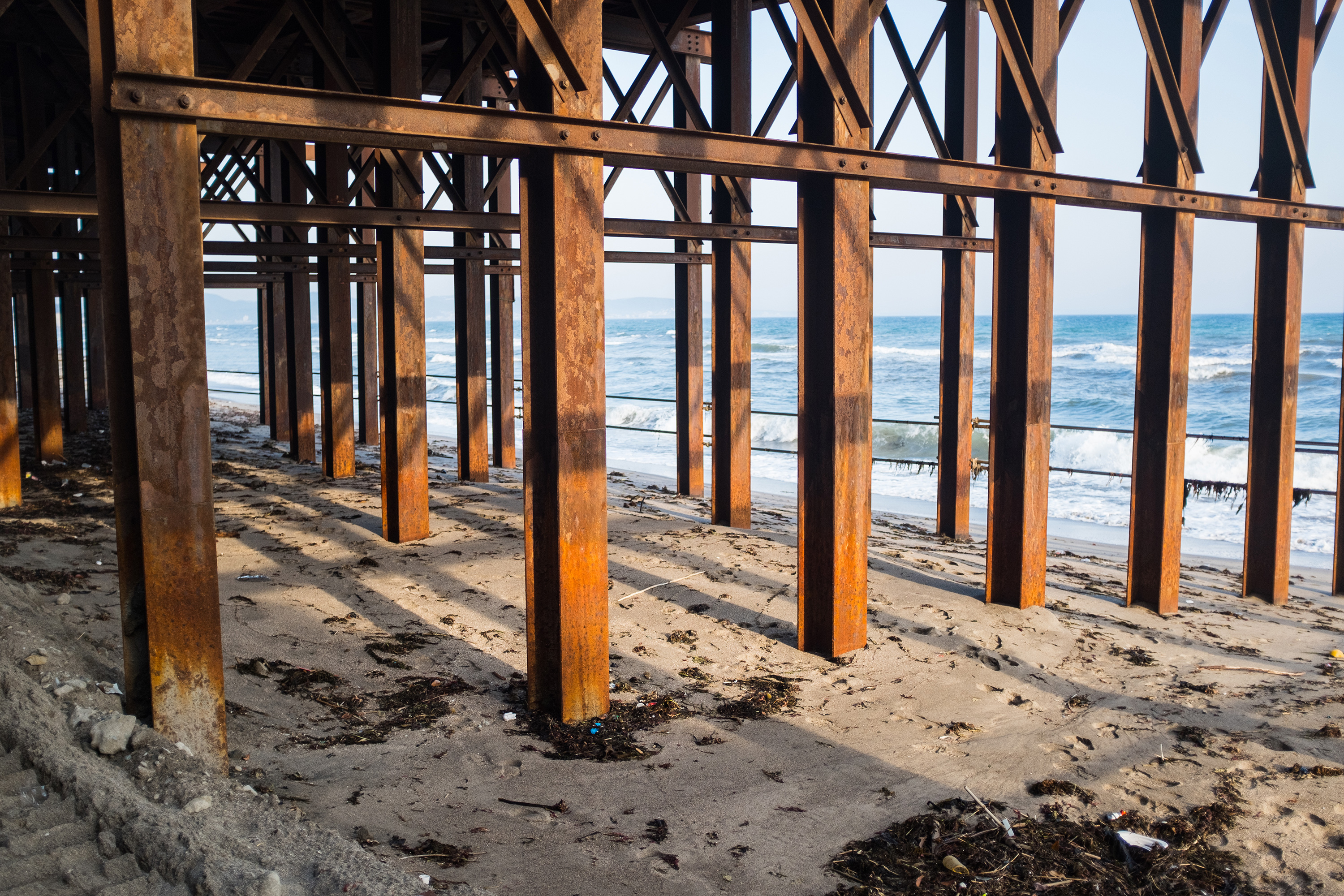
Intumescent paint coating corrosivity ratings in the Australian atmosphere
It's common knowledge that corrosion rates are affected by environmental factors, but do you know the various corrosivity ratings and their definitions?
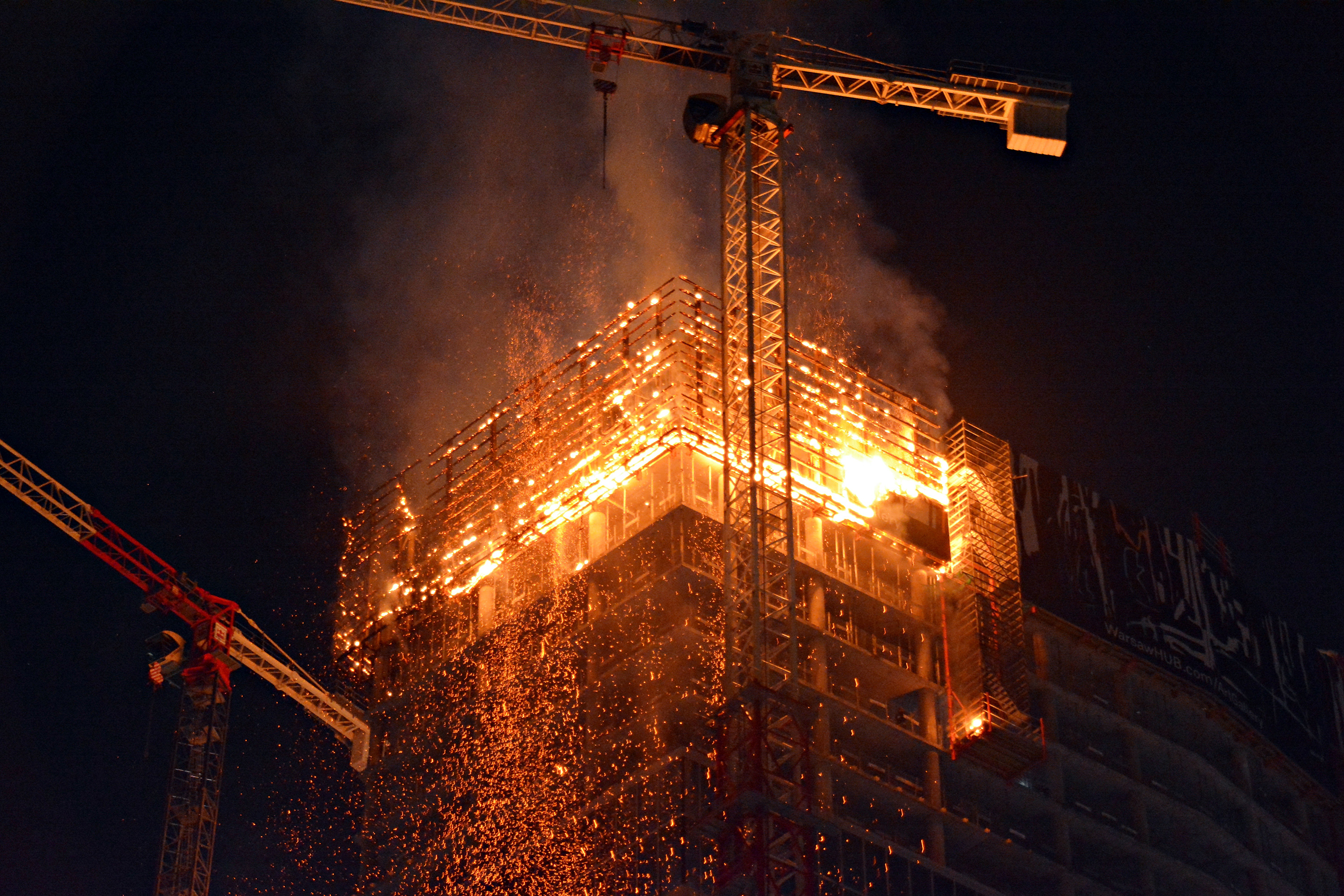
Limiting steel temperatures to maintain structural integrity
Maintaining structural adequacy on load-bearing steel is critical to the fire safety of building occupants, fire fighters and the surrounding built environment. Here's how limiting steel temperatures to maintain structural integrity relates to intumescent paint coatings.

Getting help with intumescent paint coatings
The specifying and application of an intumescent coating system is a highly specialised task that requires considerable training and experience to accomplish correctly.
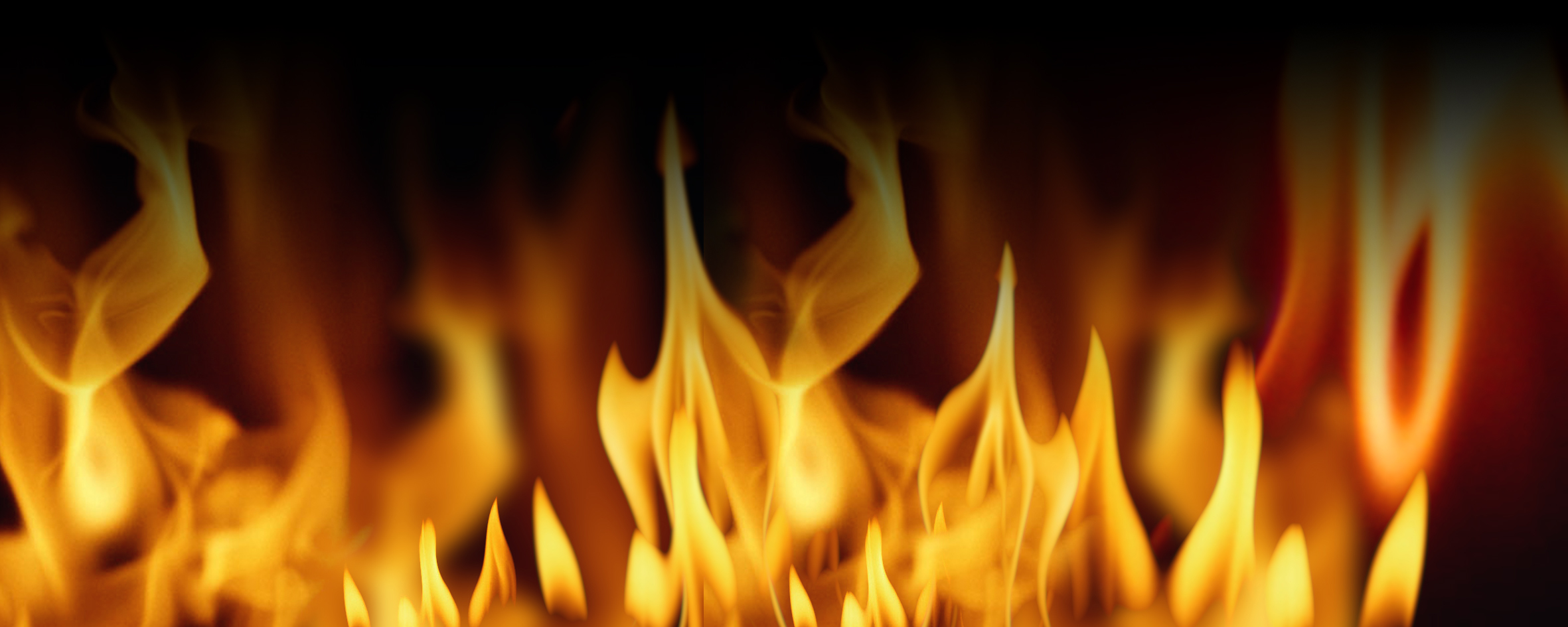
Fire types and severity
Different combustible materials burn at different temperatures which will have a bearing on the FRL of a given intumescent paint coating. This needs to be taken into account when specifying intumescent products so that the required FRL is ensured for the combustible materials that are likely to be encountered in a particular situation.
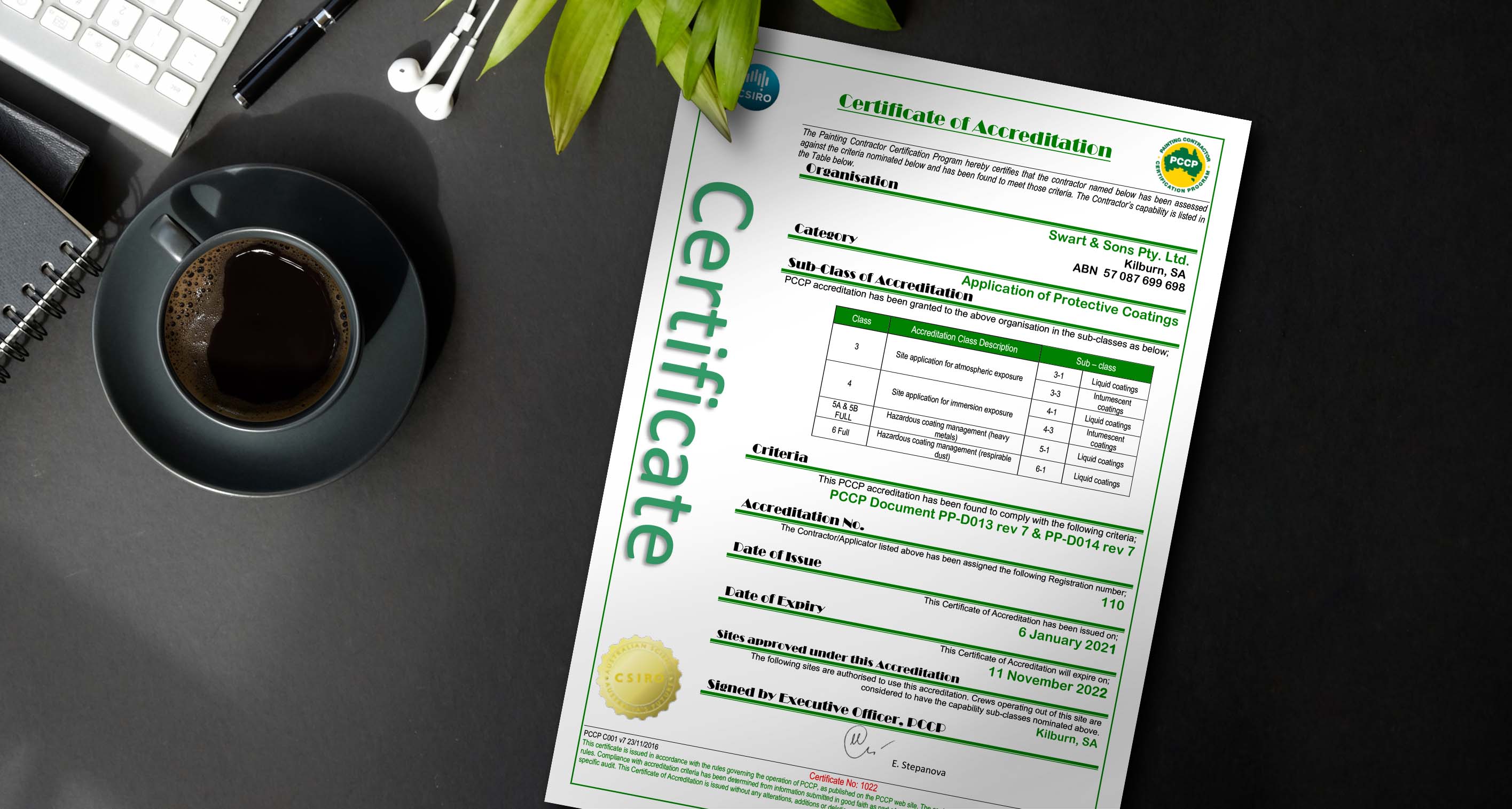
Quality assurance for intumescent paint coatings
We believe Painting Contractor Certification Program (PCCP) accreditation is paramount for passive fire protection contractors engaged in applying intumescent paint coating systems.
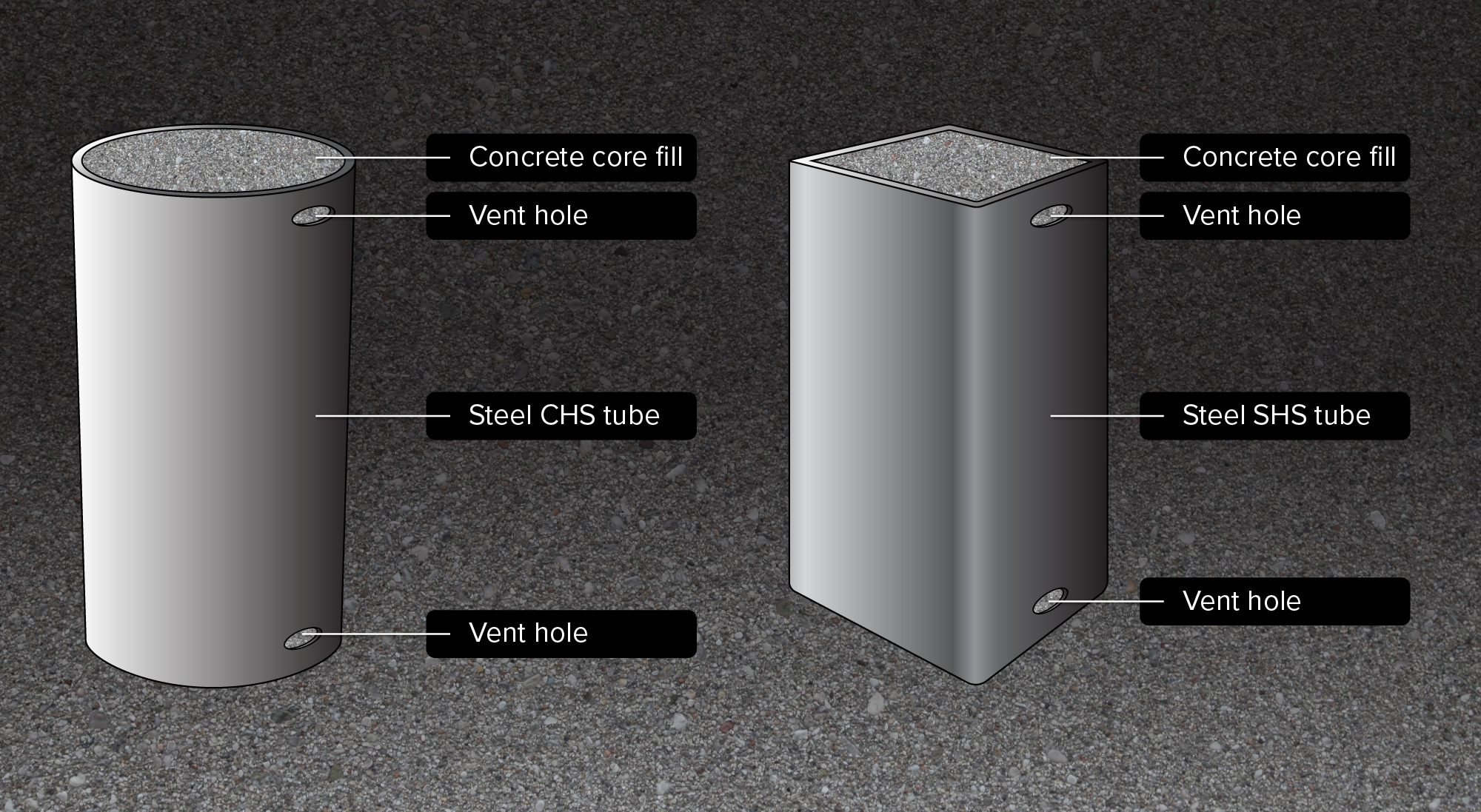
How core filling affects intumescent paint coatings
Core filling is a viable solution to fire-protect high Hp/A hollow section steel that is otherwise unable to achieve the desired FRL.
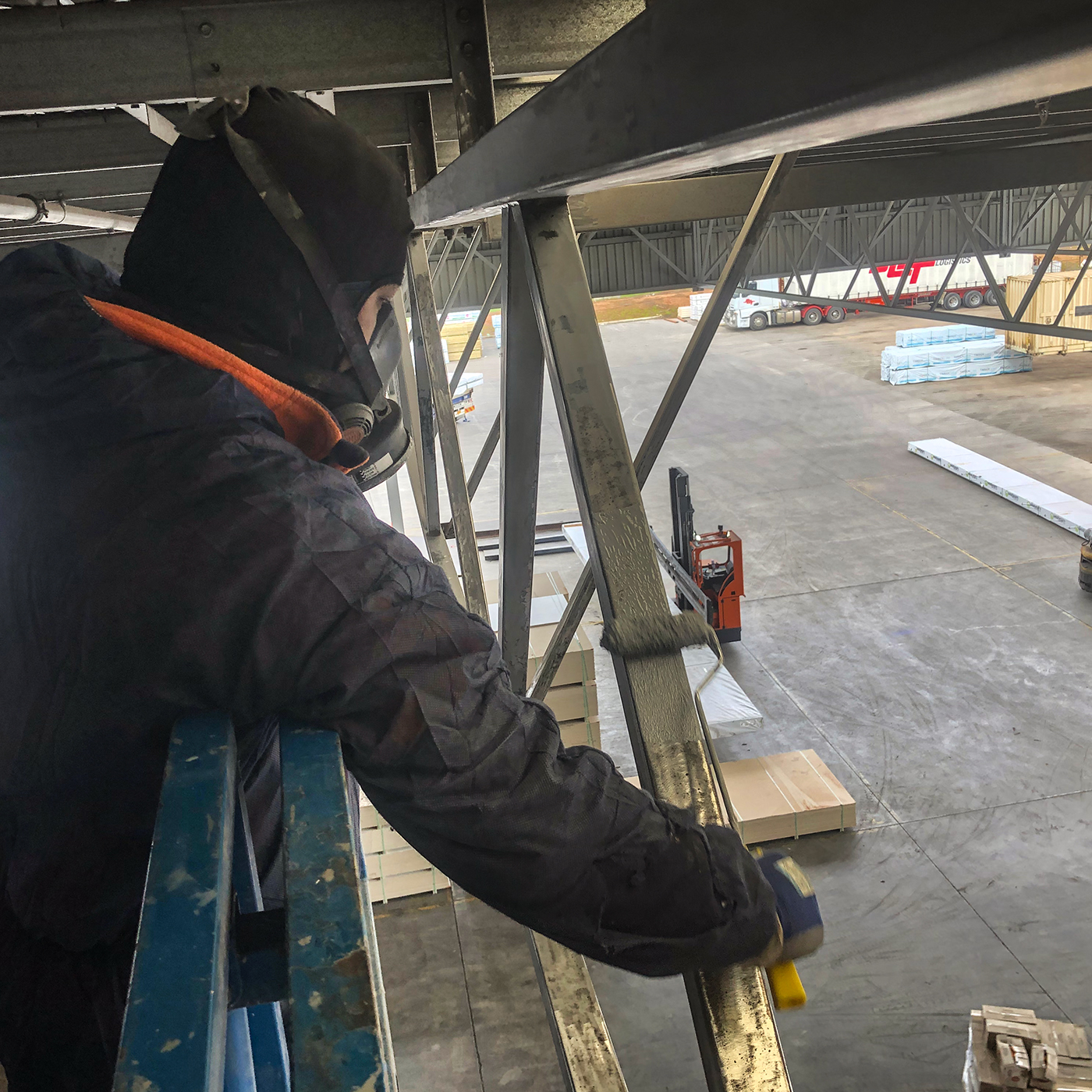
Applying intumescent paint coatings
Builders need to choose appropriately qualified subcontractors that are licensed to do work in the relevant state or territory, i.e. they are licensed to apply intumescent paint coatings.
